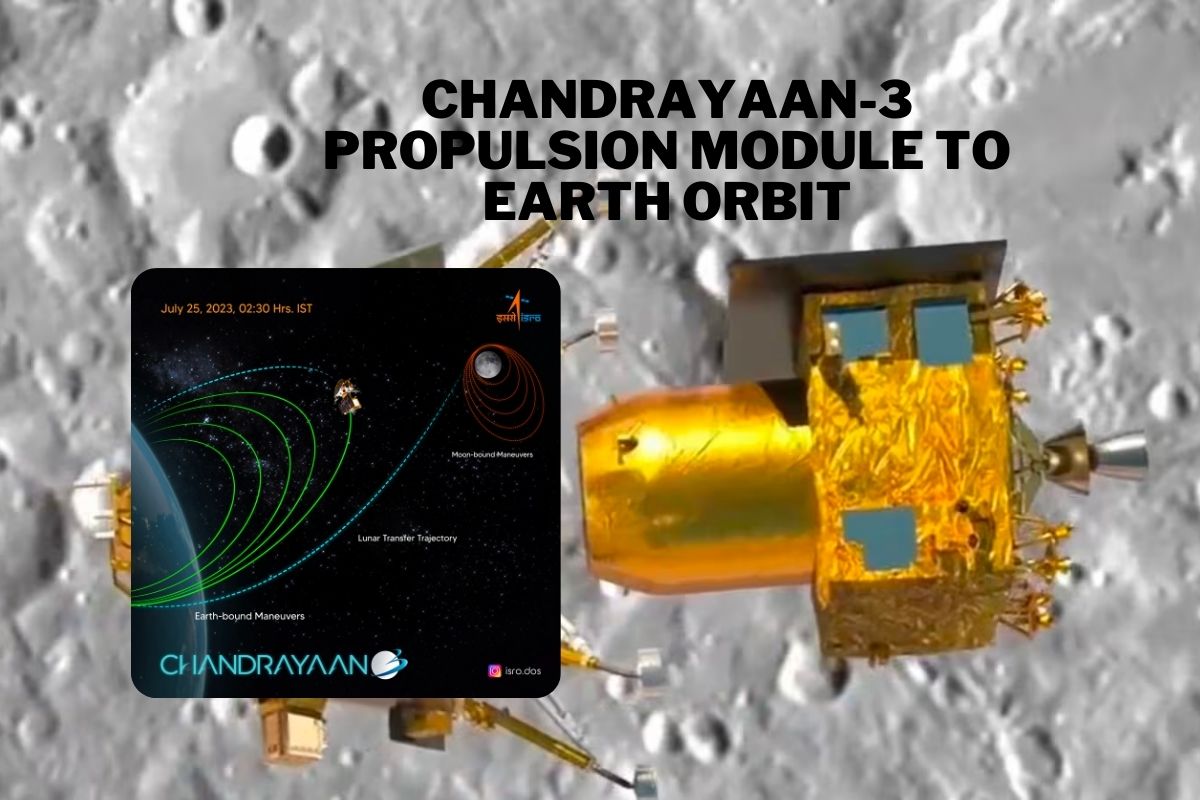The propulsion module, characterized by its box-shaped design and solar panel-driven power, now gracefully orbits Earth approximately every two weeks. Despite this intriguing development, ISRO has chosen to keep mum regarding the spacecraft’s ultimate fate when its remaining fuel is depleted. The space agency has not disclosed its plans for the craft’s post-mission disposition.
This unforeseen maneuver demonstrates ISRO’s innovative approach and willingness to leverage existing resources for additional scientific exploration. As the propulsion module embarks on its bonus mission, the global space community eagerly anticipates the insights and advancements that may emerge from this unplanned chapter in Chandrayaan-3’s journey.
On Nov. 22, the module achieved its closest point to Earth, coming within 95,000 miles (154,000 kilometers) of the planet’s surface, as per ISRO officials. Despite this proximity, it remained safely away from other operational Earth-orbiting satellites.
“As per current orbit prediction, there is no threat of close approach with any operational Earth-orbiting satellites,” assured ISRO.
Earlier this year, the propulsion module fulfilled its primary mission by placing Chandrayaan-3’s robotic lander and rover in a precise orbit around the moon, leading to their historic landing near the south pole in August. Subsequently, the module transitioned to a slightly higher lunar orbit for a science experiment, contributing to the search for Earth-like exoplanets.

By the end of a lunar day (about a month in Earth time), the module had 220 pounds (100 kilograms) of fuel left after accomplishing its primary objectives. Given the mission’s success, ISRO decided to redirect it back to Earth, as stated in the Dec. 4 announcement.
In early October, the module was elevated from 93 miles (150 km) above the lunar surface to a little over 3,100 miles (5,000 km). To initiate its return journey to Earth, it executed four orbits around the moon, as disclosed by ISRO.
Chandrayaan-3’s robotic explorers achieved significant milestones and gathered valuable scientific data after landing at the designated Shiv Shakti Point in August. The rover Pragyan, equipped with six wheels and solar-powered, identified sulfur in lunar soil, shedding light on the moon’s volcanic history and aiding potential lunar infrastructure projects. Meanwhile, the lander Vikram made history by using a thermometer-like probe to measure the temperature of the Moon’s soil, marking a groundbreaking in-situ measurement.
Although the duo ceased communication in late September, missing a scheduled wakeup call during the lunar sunrise, they have earned a well-deserved rest. ISRO affirmed, “The mission objectives of Chandrayaan-3 have been completely met.”

